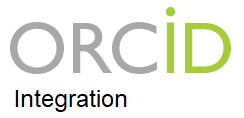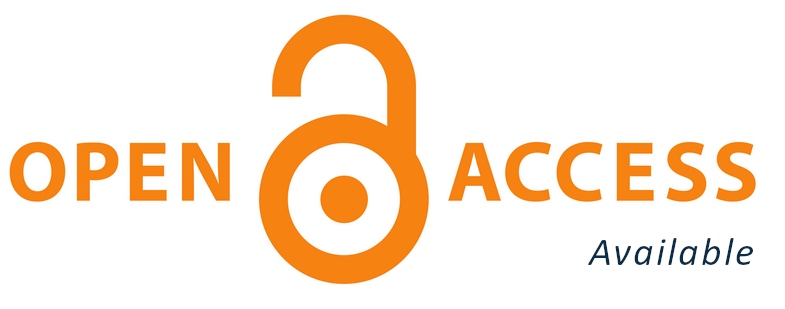Editorial
Autores/as
DOI:
https://doi.org/10.37980/im.journal.revcog.20211810Palabras clave:
editorialResumen
La pandemia tuvo un impacto innegable en todos los niveles de nuestra vida, pero sus efectos perdurarán mucho más allá del esperado fin de la misma. La llegada del SARS-CoV2 impulsó un cambio en el modo de hacer medicina, empujándolo hacia la transformación y adaptación digital a una velocidad que nadie tenía planeado. Lo que debió tomar años se convirtió en una carrera de semanas o días y sus consecuencias serán motivo de estudio y análisis en el futuro por venir.
Tomemos, por ejemplo, qué hace el paciente promedio cuando tiene un problema de salud. En la última década la atención a nivel hospitalario se elevó un 30%. En lugar de buscar ayuda en el nivel primario, no era raro que el paciente acudiera al cuarto de urgencia de un hospital para encontrar la solución de sus dolencias, sobrecargando un sistema ya saturado. Eso, sin tomar en cuenta, que estamos enfocados en solucionar el problema, en lugar de prevenirlo. Con la llegada de la pandemia, el acudir al hospital se redujo notablemente, por el miedo al contagio entre muchas otras razones. La atención cambió a un modo virtual, la prevención tomó preponderancia y los hospitales regresaron a la función para la cual fueron diseñados. La atención de pacientes complicados que ameritan los servicios de un segundo, tercer o cuarto nivel.
Si este cambio será algo permanente o una respuesta temporal a una situación puntual, queda por ver. Esperemos que los gobiernos aprovechen la coyuntura generada por una situación insospechada, para promover las agendas que beneficien en mayor medida a la población. Estos proyectos a corto y largo plazo deben enfocarse, no solo en la atención de salud, sino en todos los niveles. La educación médica, aprovechando el auge de las nuevas plataformas virtuales, y la investigación son solo unas de las tantas áreas abandonadas o relegadas a segundo plano y que la situación vivida nos ha llevado a considerar bajo un nuevo prisma. El de aceptar, como en el caso de la atención primaria, que la clave está en prevenir y no en tratar cundo ya el problema toca a nuestras puertas.
Publicado
Número
Sección
Licencia
Derechos de autor 2021 Infomedic Intl.Derechos autoriales y de reproducibilidad. La Revista RevCog es un ente académico, sin fines de lucro, que forma parte de la Sociedad Centroamericana de Ginecología y Obstetricia. Sus publicaciones son de tipo ACCESO GRATUITO y PERMANENTE de su contenido para uso individual y académico, sin restricción. Los derechos autoriales de cada artículo son retenidos por sus autores. Al Publicar en la Revista, el autor otorga Licencia permanente, exclusiva, e irrevocable a la Sociedad para la edición del manuscrito, y otorga a la empresa editorial, Infomedic International Licencia de uso de distribución, indexación y comercial exclusiva, permanente e irrevocable de su contenido y para la generación de productos y servicios derivados del mismo.








